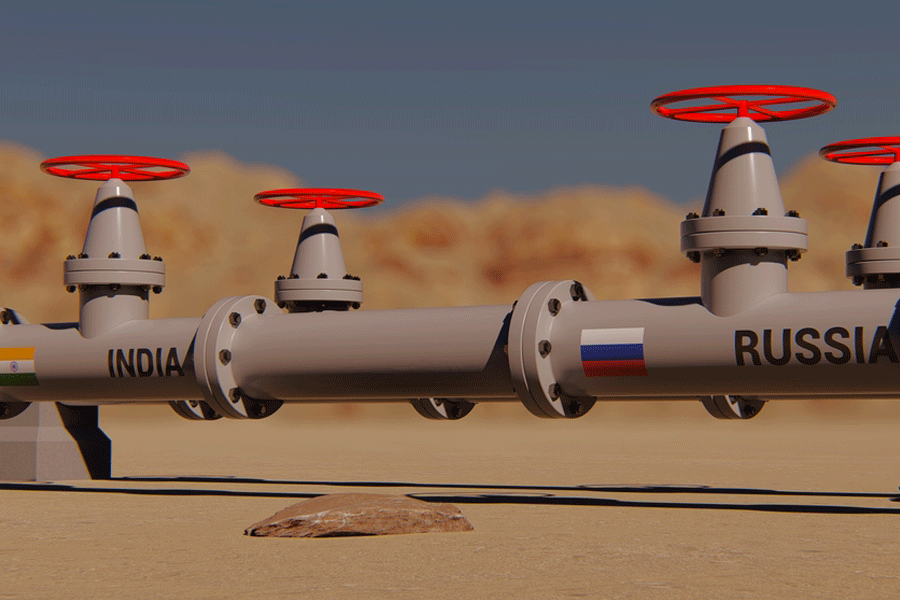 |
Move over compact fluorescent lights (CFLs) and sodium vapour lamps. It is time to welcome the latest fad in energy-efficient lighting.
Light-emitting diodes — better known as LEDs — will illuminate Jamshedpur’s streets in arguably the second such initiative in eastern India. LEDs use small, powerful sources of light that illuminate when electrons move through a semiconductor. They shine in only one direction thereby increasing luminous efficacy or brightness.
Jusco, a wholly owned subsidiary of Tata Steel, is taking up the pilot project in areas under its command. The utility company, which currently maintains 18,000 streetlights, will gradually phase out sodium vapour lamps and CFLs, and replace them with the diodes.
In November 2010, Calcutta had become the first city to boast LED streetlights, thanks to concerted efforts by Kolkata Municipal Corporation, international NGO The Climate Group and HSBC.
Jusco’s head of corporate communications Rajesh Ranjan said the pilot project had already begun along the stretch between Centre for Excellence and Swarnarekha Link Road near the district collectorate via Jubilee Park. The LEDs are being supplied by Delhi-based firm, Deepshika, which inked an MoU with Jusco.
“Concern for environment and energy efficiency were the two riding factors that prompted our decision to install LEDs. They are expensive, but their longer life span (lamp life in hours) and lower power consumption more than make up for the initial investment,” Ranjan said.
A senior official of the town lighting department said around 80 LEDs had been installed from Centre for Excellence to the district collectorate. “We decided to launch the pilot project at Jubilee Park for the sole reason that it is the green lung of the city and sprucing it up with LEDs will send a positive signal about our concern for the environment during Founder’s Day celebrations on March 3. Unlike conventional lamps, the diodes do not emit any form of gas and, hence, is not detrimental to our fragile ecology,” the official added.
The advantage of LEDs vis-à-vis sodium vapour lamps is more than three times in terms of power consumption. The lamps, which have been replaced in Jubilee Park, used 250 watts of power. The newly installed LEDs have a frugal power need of only 80 watts. The lumen per watt (light efficacy) is also five times more in case of LEDs.
The life span (as guaranteed by the company) too is much longer than a normal fluorescent or incandescent lamp. If the latter glows for a year, the diodes survive between five to six years.
The only disadvantage is the cost. Initial LED installation cost (per fitting) is Rs 16,000, while that of conventional lights is in the range of Rs 2,000 to Rs 3,000.
An informed source in the town lighting department of Jusco said the next phase would see illumination of Office Road and Kadma-Sonari Link Road. This project will be completed by March-end.
Should LEDs replace normal streetlights across city?
Tell ttkhand@abpmail.com











